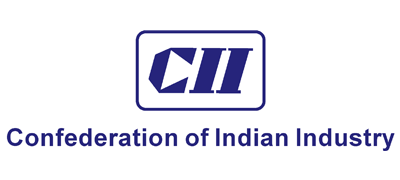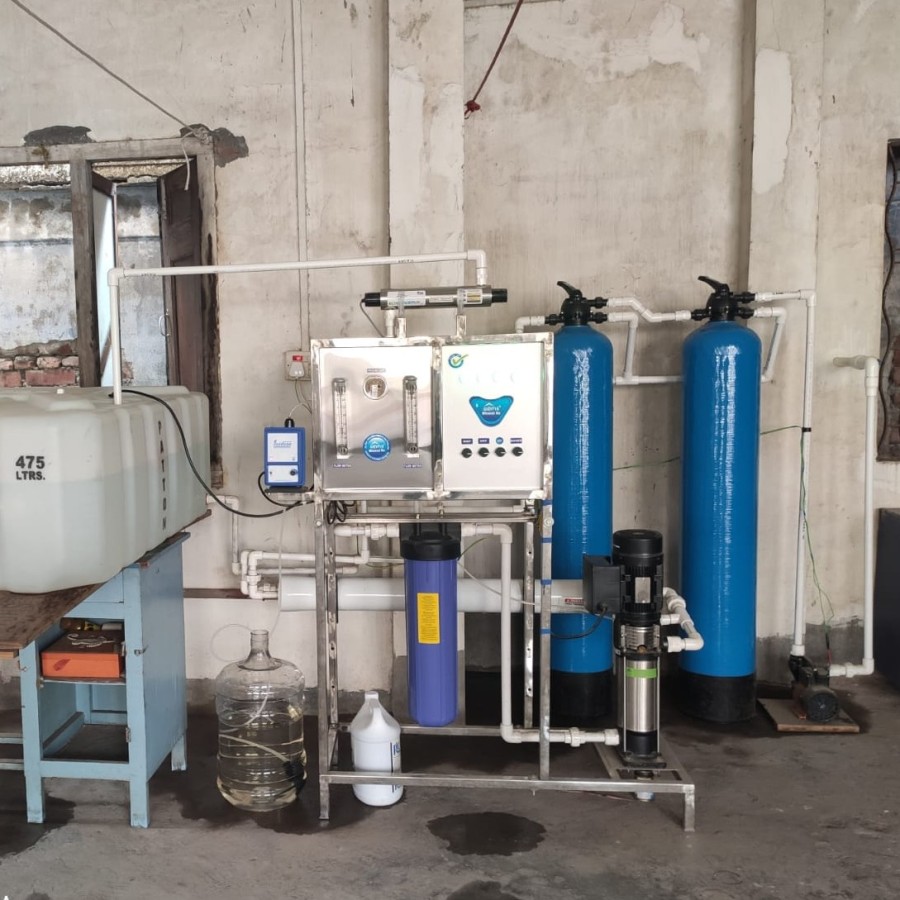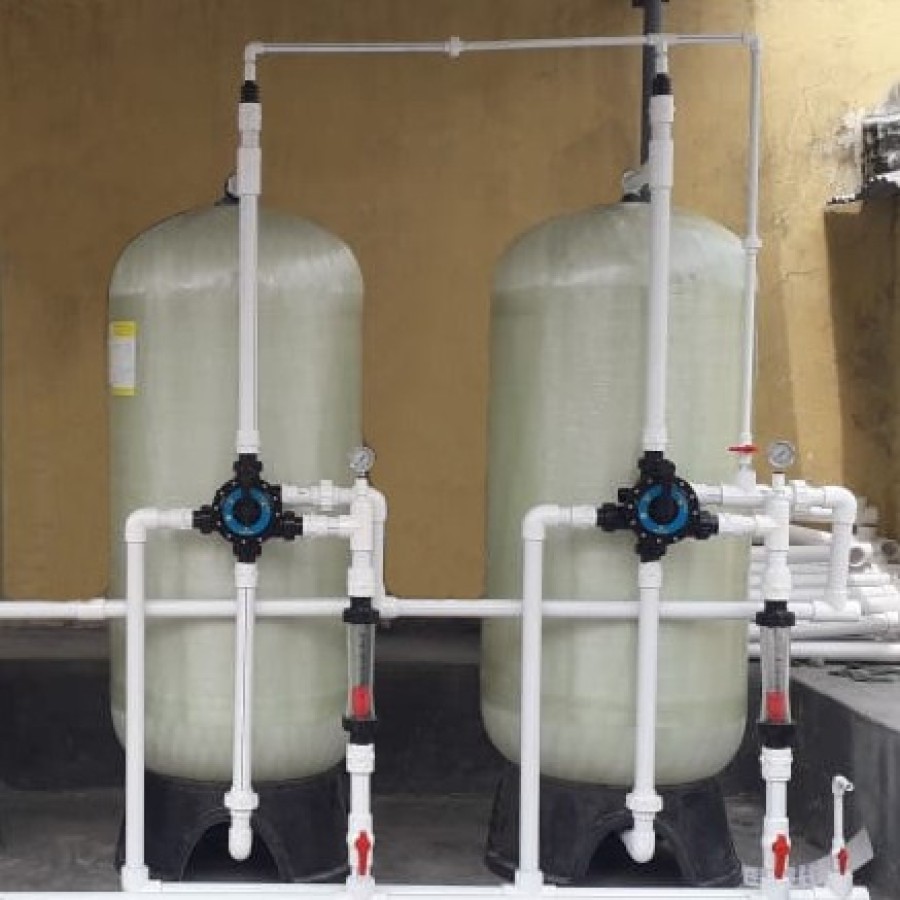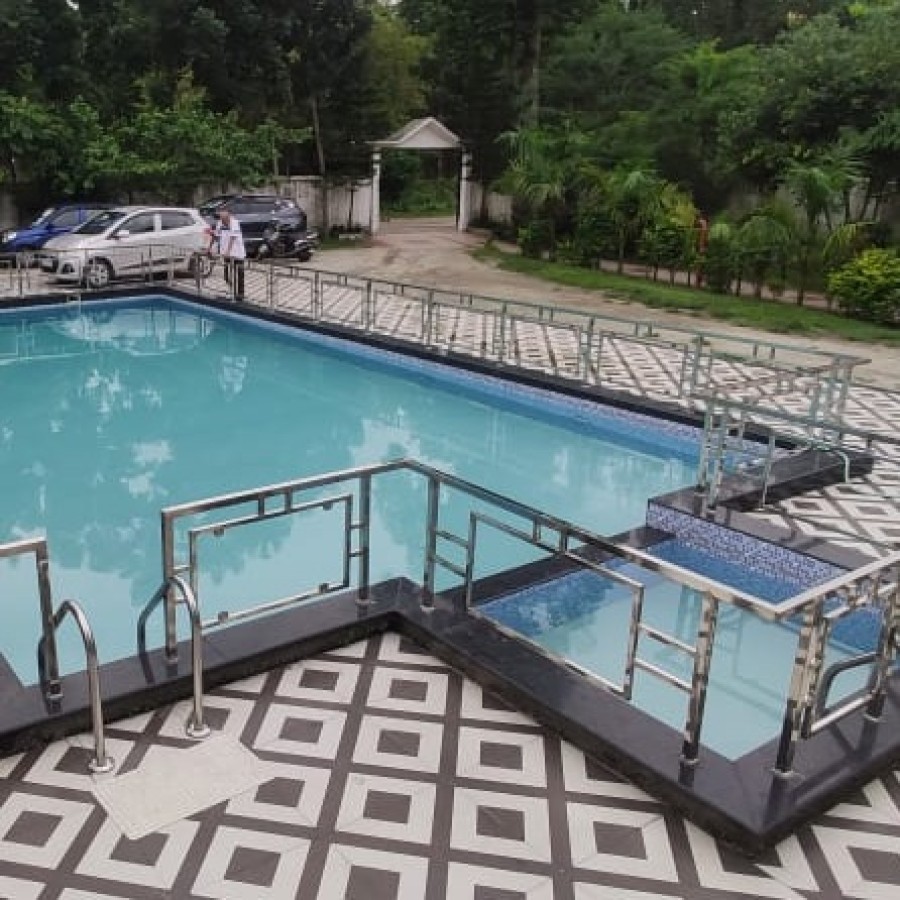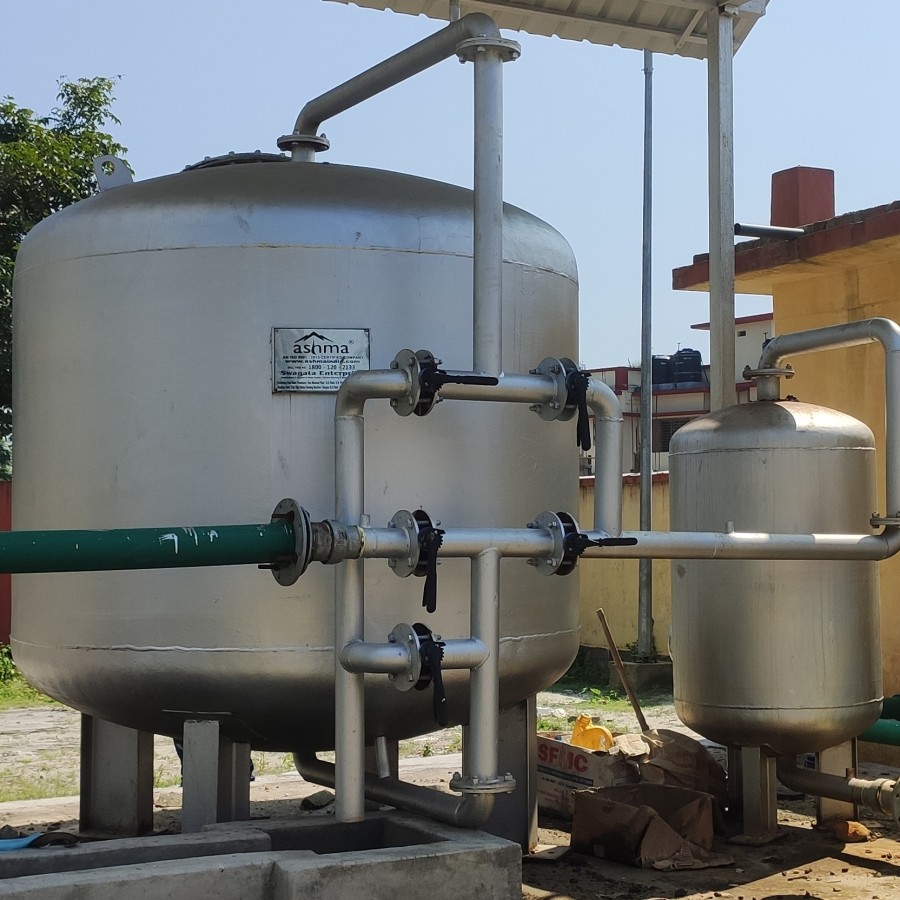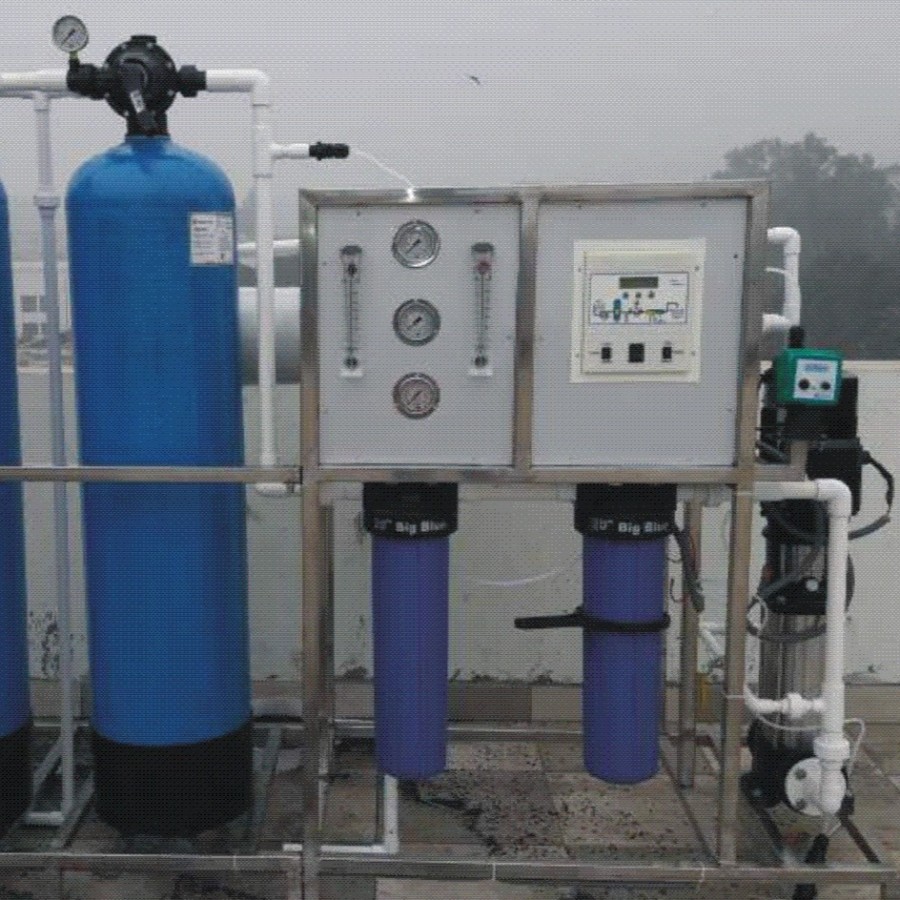

DIALYSIS WATER TREATMENT PLANT
By SWAGATA ENTERPRISE
₹ 120000/-
BASIS OF DESIGN AND TREATMENT SCHEME
Monitoring the Temperature Blending Valve:
Often, water treatment systems will require that the feed water temperature be raised to a certain degree. For example, reverse osmosis systems operate most efficiently (produce the largest volume of dialysis quality water for the number and type of membranes) - at a feed water temperature of 77°F. This is accomplished through the use of a heater in conjunction with a temperature blending valve. A common problem comes from the water heater not being large enough to keep up with the facility’s needs. The temperature blending valve is a device that can be set to mix hot and cold water to achieve a specific water temperature. There are various designs for this important piece of equipment, but some are more appropriate for use in a dialysis setting – specifically ones with an incorporated temperature indicator or thermometer. A common type seen today uses a spring-loaded thermostat. This is important because these tend to fail hot meaning that when they go out, the output water temperature rises, and rises quickly. For this reason, it is necessary to monitor and record the output temperature at least daily.
When working properly, with an appropriately sized water heater, the blending valve output temperature will rarely vary more than plus or minus 2 to 3 degrees F. If, during your daily recording, you note a temperature fluctuation out of this acceptable range, immediately bring it to the attention of the facility’s maintenance person or your supervisor. A defective blending valve will not necessarily endanger your patients (dialysis machines have a bypass mechanism for overheated water/dialysis), but it can damage the heart of your dialysis clinic, your water treatment equipment.
Blending Valve Summary
What to monitor: Water temperat
Product Description
BASIS OF DESIGN AND TREATMENT SCHEME
Monitoring the Temperature Blending Valve:
Often, water treatment systems will require that the feed water temperature be raised to a certain degree. For example, reverse osmosis systems operate most efficiently (produce the largest volume of dialysis quality water for the number and type of membranes) - at a feed water temperature of 77°F. This is accomplished through the use of a heater in conjunction with a temperature blending valve. A common problem comes from the water heater not being large enough to keep up with the facility’s needs. The temperature blending valve is a device that can be set to mix hot and cold water to achieve a specific water temperature. There are various designs for this important piece of equipment, but some are more appropriate for use in a dialysis setting – specifically ones with an incorporated temperature indicator or thermometer. A common type seen today uses a spring-loaded thermostat. This is important because these tend to fail hot meaning that when they go out, the output water temperature rises, and rises quickly. For this reason, it is necessary to monitor and record the output temperature at least daily.
When working properly, with an appropriately sized water heater, the blending valve output temperature will rarely vary more than plus or minus 2 to 3 degrees F. If, during your daily recording, you note a temperature fluctuation out of this acceptable range, immediately bring it to the attention of the facility’s maintenance person or your supervisor. A defective blending valve will not necessarily endanger your patients (dialysis machines have a bypass mechanism for overheated water/dialysis), but it can damage the heart of your dialysis clinic, your water treatment equipment.
Blending Valve Summary
What to monitor: Water temperat
Export Countries
Bhutan
Nepal
Related Sectors
Health and Wellness
Healthcare
Housing
Manufacturing
Others
Retail
Water
Web Link
Major Buyers
hospital & nursing homes
Availability
YES
Brand
ASHMA
Warranty
1 year
About the Company
WE ARE MSME REGISTERED, ISO 9001-2015 COMPANY, DEALING WITH DOMESTIC PURIFIER, DOMESTIC CHIMNEY, IRON REMOVAL PLANT, RO PLANT, 20 LTR JAR PLANT, PACKAGED DRINKING WATER PLANT, DM PLANT, COMMERCIAL CHIMNEY, SWIMMING POOL, ETP, STP, RAIN WATER HARVESTING ETC. OUR BUSINESS NETWORK IS DISTRIBUTED ALLOVER NORTH EAST INDIA INCLUDING WEST BENGAL, SIKKIM & BIHAR.
Login to see seller contact details.

